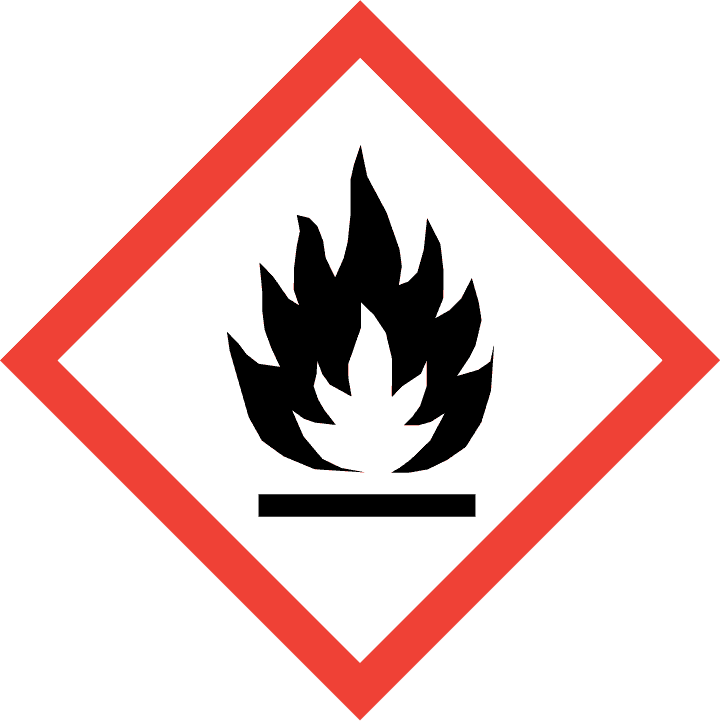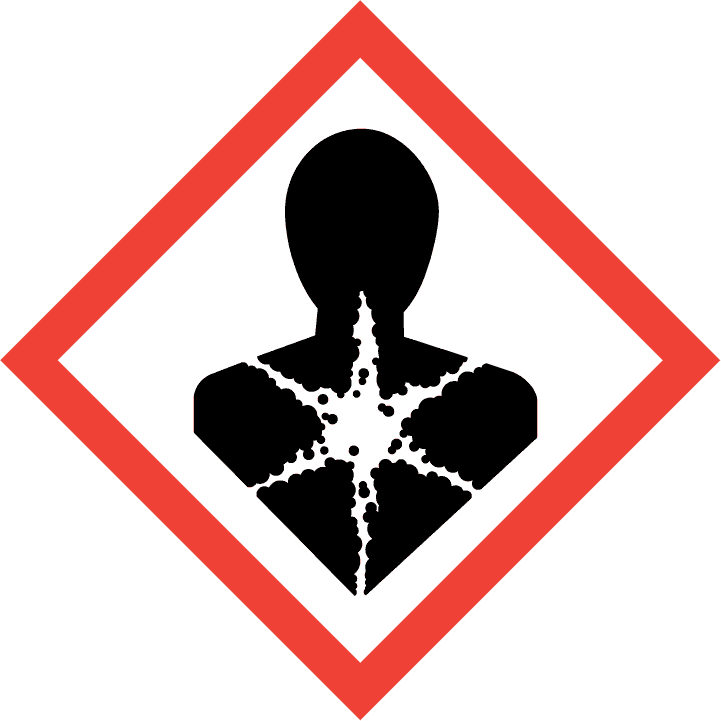| Name |
Type |
Exposure route |
Exposure frequency |
Value |
Remark |
| Styrene (100-42-5) |
Worker |
inhalation |
long term (systemic effects) |
85 mg/m3 |
|
| Styrene (100-42-5) |
Worker |
inhalation |
short term (systemic effects) |
289 mg/m3 |
|
| Styrene (100-42-5) |
Worker |
inhalation |
short term (local effects) |
306 mg/m3 |
|
| Styrene (100-42-5) |
Worker |
dermal |
long term (systemic effects) |
406 mg/kg bw/day |
|
| Styrene (100-42-5) |
Consumer |
inhalation |
long term (systemic effects) |
10,2 mg/m3 |
|
| Styrene (100-42-5) |
Consumer |
inhalation |
short term (systemic effects) |
174,25 mg/m3 |
|
| Styrene (100-42-5) |
Consumer |
inhalation |
short term (local effects) |
182,75 mg/m3 |
|
| Styrene (100-42-5) |
Consumer |
dermal |
long term (systemic effects) |
343 mg/kg bw/day |
|
| Styrene (100-42-5) |
Consumer |
oral |
long term (systemic effects) |
2,1 mg/kg bw/day |
|
| titanium dioxide (13463-67-7) |
Worker |
inhalation |
long term (local effects) |
10 mg/m3 |
|
| titanium dioxide (13463-67-7) |
Consumer |
oral |
long term (systemic effects) |
700 mg/kg bw/day |
|
| amorphous silica (112945-52-5) |
Worker |
inhalation |
long term (systemic effects) |
4 mg/m3 |
|
| xylene (1330-20-7) |
Worker |
inhalation |
long term (systemic effects) |
77 mg/m3 |
|
| xylene (1330-20-7) |
Worker |
inhalation |
short term (systemic effects) |
289 mg/m3 |
|
| xylene (1330-20-7) |
Worker |
inhalation |
short term (local effects) |
289 mg/m3 |
|
| xylene (1330-20-7) |
Worker |
dermal |
long term (systemic effects) |
180 mg/kg bw/day |
|
| xylene (1330-20-7) |
Consumer |
inhalation |
long term (systemic effects) |
14,8 mg/m3 |
|
| xylene (1330-20-7) |
Consumer |
inhalation |
short term (systemic effects) |
174 mg/m3 |
|
| xylene (1330-20-7) |
Consumer |
inhalation |
short term (local effects) |
174 mg/m3 |
|
| xylene (1330-20-7) |
Consumer |
dermal |
long term (systemic effects) |
108 mg/kg bw/day |
|
| xylene (1330-20-7) |
Consumer |
oral |
long term (systemic effects) |
1,6 mg/kg bw/day |
|
| phthalic anhydride (85-44-9) |
Consumer |
oral |
long term (systemic effects) |
5 mg/kg bw/day |
|
| phthalic anhydride (85-44-9) |
Worker |
oral |
long term (systemic effects) |
10 mg/kg bw/day |
|
| phthalic anhydride (85-44-9) |
Consumer |
dermal |
long term (systemic effects) |
5 mg/kg bw/day |
|
| phthalic anhydride (85-44-9) |
Worker |
dermal |
long term (systemic effects) |
10 mg/kg bw/day |
|
| phthalic anhydride (85-44-9) |
Consumer |
inhalation |
long term (systemic effects) |
8,6 mg/m3 |
|
| phthalic anhydride (85-44-9) |
Worker |
inhalation |
long term (systemic effects) |
32,2 mg/m3 |
|
| naphtha (petroleum), hydrodesulphurized heavy (64742-82-1) |
Worker |
inhalation |
long term (systemic effects) |
330 mg/m3 |
|
| naphtha (petroleum), hydrodesulphurized heavy (64742-82-1) |
Worker |
dermal |
long term (systemic effects) |
44 mg/kg bw/day |
|
| naphtha (petroleum), hydrodesulphurized heavy (64742-82-1) |
Consumer |
inhalation |
long term (systemic effects) |
71 mg/m3 |
|
| naphtha (petroleum), hydrodesulphurized heavy (64742-82-1) |
Consumer |
dermal |
long term (systemic effects) |
26 mg/kg bw/day |
|
| naphtha (petroleum), hydrodesulphurized heavy (64742-82-1) |
Consumer |
oral |
long term (systemic effects) |
26 mg/kg bw/day |
|
| Cobalt bis(2-ethylhexanoate) (136-52-7) |
Worker |
inhalation |
long term (local effects) |
235,1 μg/m3 |
|
| Cobalt bis(2-ethylhexanoate) (136-52-7) |
Consumer |
inhalation |
long term (local effects) |
37 μg/m3 |
|
| Cobalt bis(2-ethylhexanoate) (136-52-7) |
Consumer |
oral |
long term (systemic effects) |
55,8 µg/kg |
|














